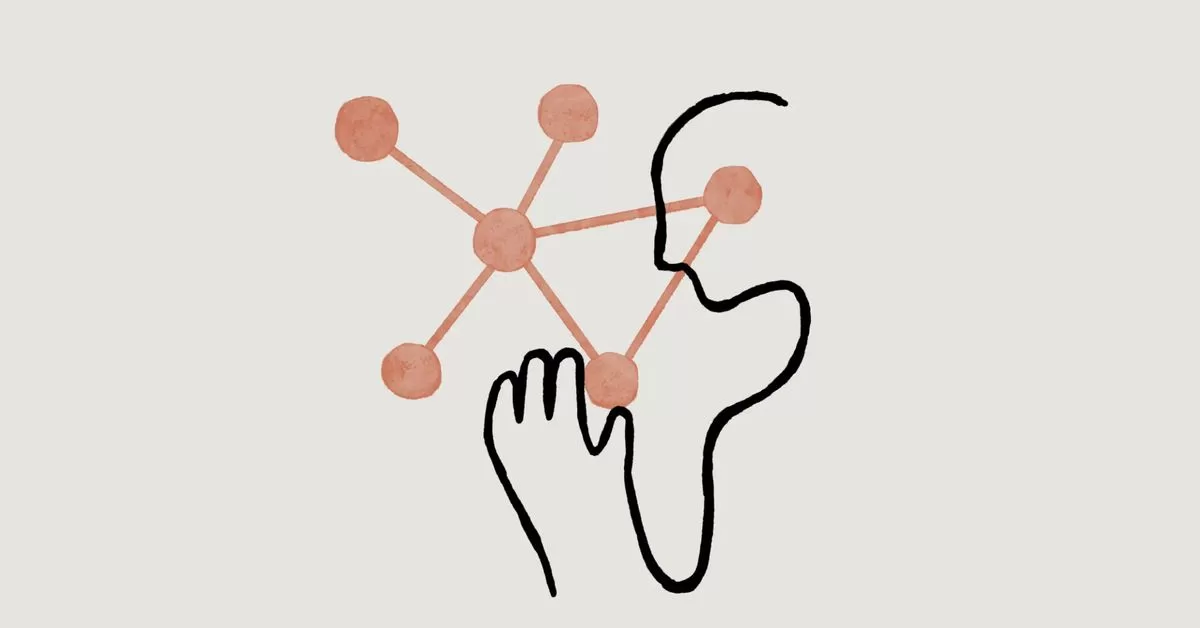New research from the University of Queensland has shown that machine learning techniques can be used to predict the risk of secondary bacterial infections in hospitalized COVID-19 patients. The study, published in The Lancet Microbe, aims to help determine whether antibiotic use is necessary for patients with these infections.
Secondary bacterial infections pose a significant threat to individuals hospitalized with COVID-19. While estimates of the incidence of these infections vary, some studies have found that 100% of fatal COVID-19 cases were accompanied by a bacterial co-infection. Treating all COVID-19 patients with antibiotics to reduce the risk of bacterial co-infections is one possible approach. However, this could lead to antibiotic resistance and the emergence of antibiotic-resistant superbugs, which is a significant concern.
The research team, led by Associate Professor Kirsty Short from the School of Chemistry and Molecular Biosciences, has developed a predictive model to determine the risk of bacterial infections in COVID-19 patients. The technique they employed is called the least absolute shrinkage and selection operator (LASSO). The team analyzed blood samples from COVID-19 patients in six countries using the LASSO technique and identified seven genes whose expression can predict the risk of developing a secondary respiratory bacterial infection within 24 hours of hospital admission.
Dr. Meagan Carney from the School of Mathematics and Physics explains that these seven genes will provide clinicians with valuable information to make informed decisions regarding the use of antibiotics. By incorporating gene transcription and analysis at the time of hospital admission using machine learning, the researchers aim to optimize antibiotic prescription and reduce the risk of overuse.
Dr. Carney also highlighted that the simplicity of theLancet Microbe sets it apart from more complex machine learning methods associated with artificial intelligence. This study serves as an example of how less complex machine learning methods can bridge the gap between data scientists and researchers in other fields. The goal is to enhance understanding and inspire scientists worldwide to recognize the potential of data science in revolutionizing the medical industry.
The research team acknowledges the collaboration of international clinicians, virologists, bioinformaticians, and other experts that made this study possible. They also express gratitude to the PREDICT Consortium, the Snow Foundation, and the Nepean Hospital for their support.
By utilizing machine learning techniques, this research offers promising insights into the management of bacterial co-infections in COVID-19 patients. With further validation and integration into clinical practice, these predictive models have the potential to improve patient outcomes and contribute to the fight against antibiotic resistance.
*Note:
1. Source: Coherent Market Insights, Public sources, Desk research
2. We have leveraged AI tools to mine information and compile it




